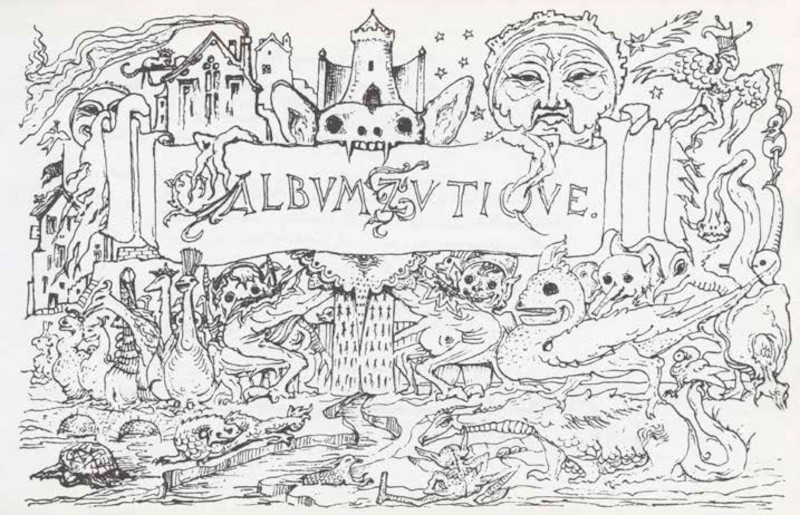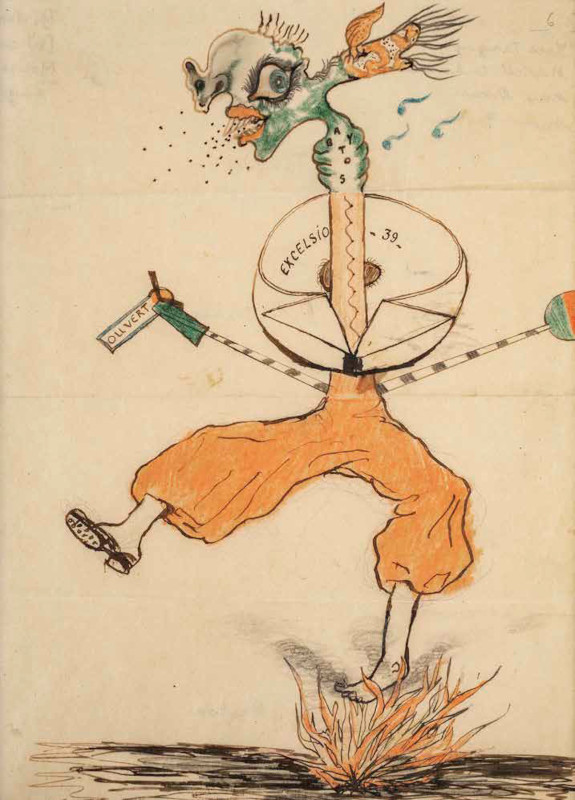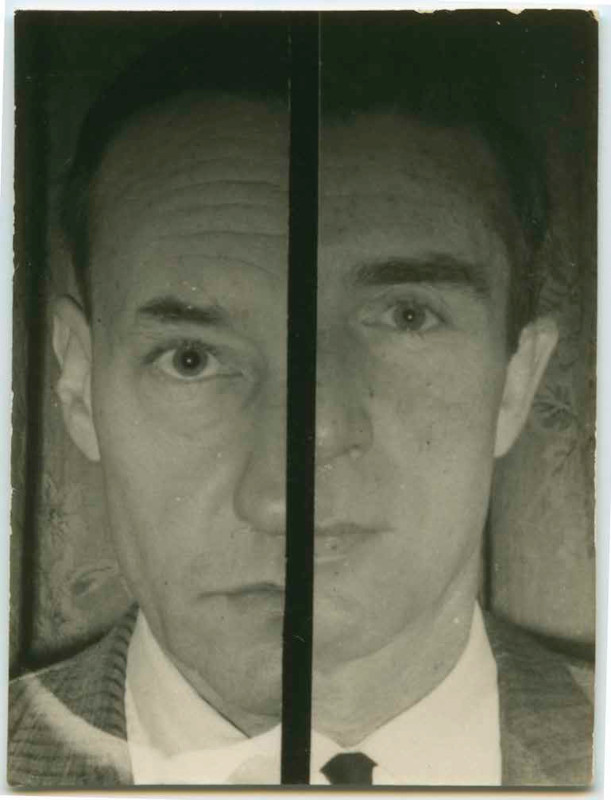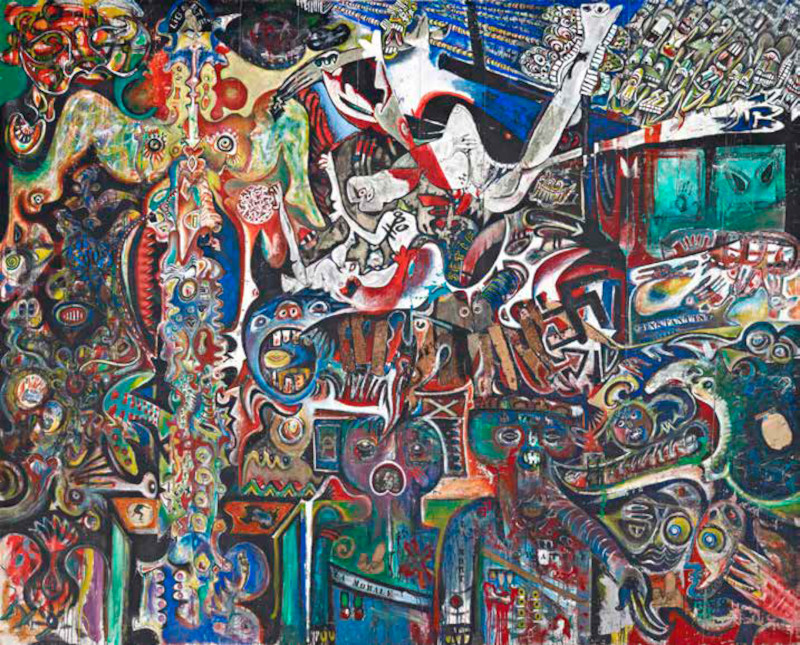Amitiés, créativité collective
The exhibition
It is not by chance that the Zutique Album opens this exhibition organized by Blandine Chavannes and the artist Jean-Jacques Lebel. Inaugurating a genealogy of collective art, this collection is the work of poets that posterity has not retained and others among the most illustrious - Verlaine, Rimbaud or Charles Cros, also inventor of the phonograph. Between 1871, they applied themselves to co-sign and compile their texts in the wake of the Paris Commune, which Jean-Jacques Lebel summarized as a "conquest of the right to self-management. Libertarian, the elections of the artist born in 1936 join largely those of the surrealists, to which he was bound since his childhood - his father Robert, first biographer of Duchamp, was a very close of Breton from 1942. An important place is given to them in the exhibition, following the inclination to mythologize each of their actions. From the first sketches written by Breton and Soupault in the early 1920s to the four-handed paintings of Matta and Brauner, it is above all the exquisite cadavers, communal drawings or tarot cards made by the variable-geometry group of artists and poets that serve as the canon of their collective practices. But by marveling at the presence of a surrealist screen, initialed in 1937 by the regulars of the Gradiva gallery, Lebel falls into the trap of reducing the collective work to a list of signatures, necessarily glorious. There is then, as in L'Œil cacodylate (1921) initiated by Picabia and its surface filled with names and messages suitable to feed a mythography, a lot of "I" in the "we", and very little beyond.
Extract from the article by Tom Laurent published in the N°104 de la revue Art Absolument. Published February 3, 2023
Extract from the article by Tom Laurent published in the N°104 de la revue Art Absolument. Published February 3, 2023
When
16/10/2022 - 13/02/2023



